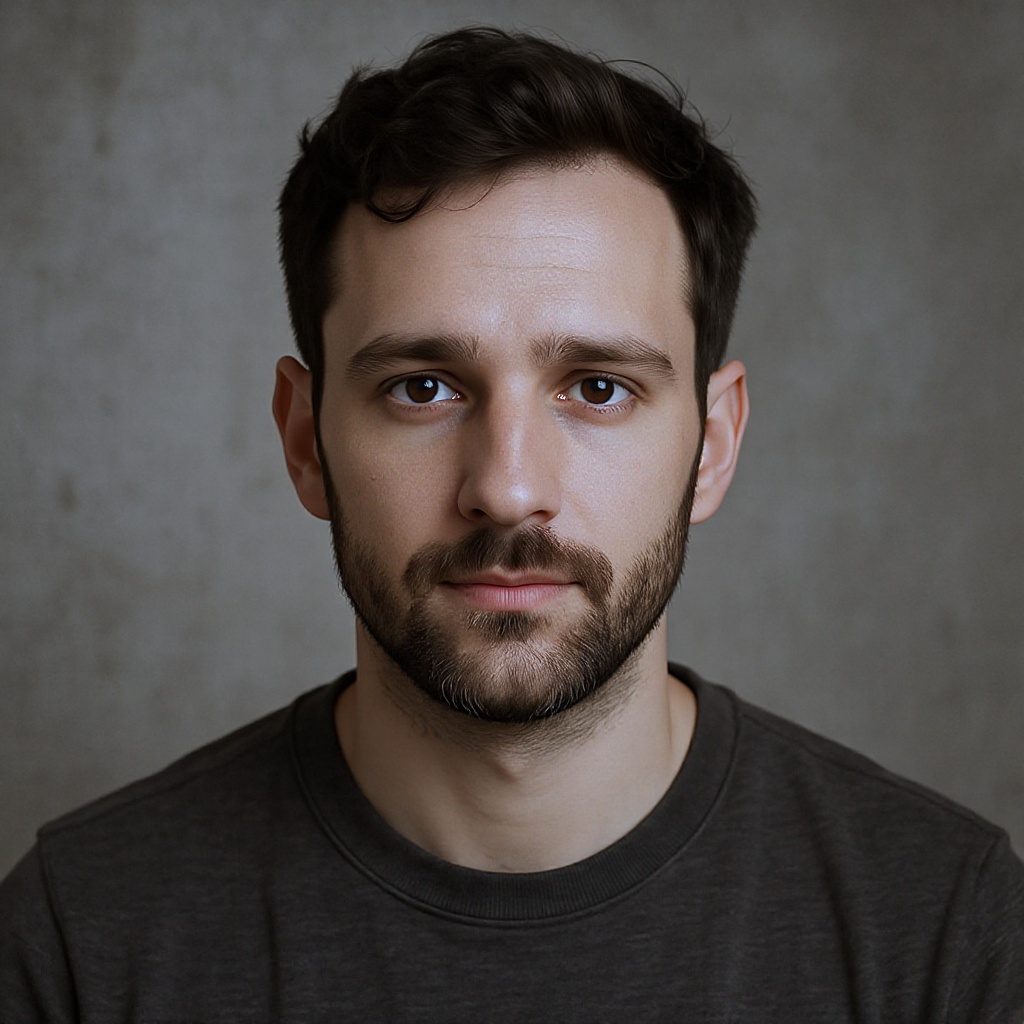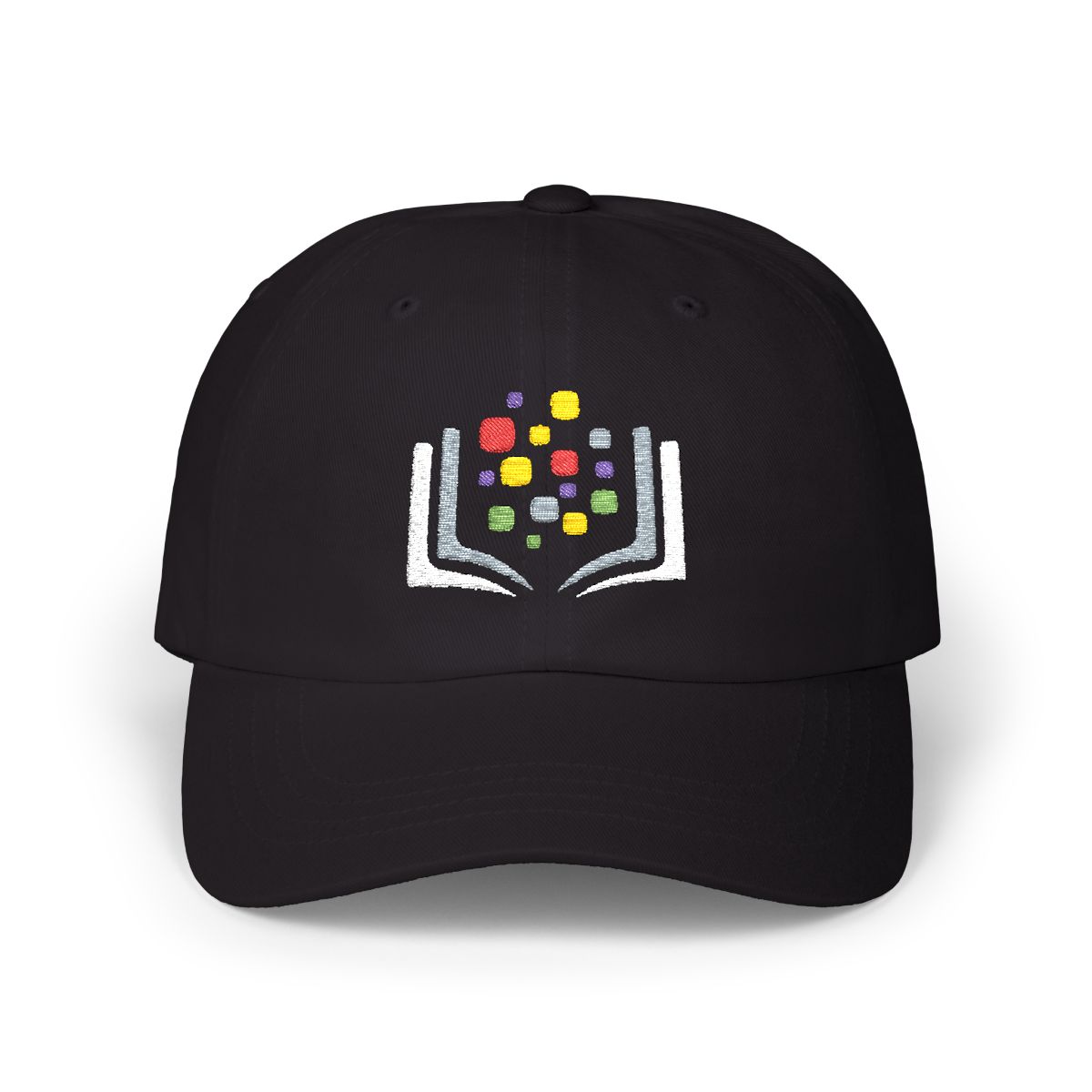.png)
VidCraft HD: Advanced AI Video Generation
Overview
VidCraft HD, powered by the latest Kling models, represents a cutting-edge AI-powered video generation tool. This innovative platform allows users to create high-quality video content from text descriptions, images, and effects, opening up new possibilities for content creators, marketers, and storytellers.Text-to-Video
Generate videos from detailed text prompts, bringing your ideas to life.
Frames-to-Video
Create videos by providing the first and last frames.
Elements
Use multiple images to guide the video generation.
Effects
Apply a variety of effects to an image.
Modes of Operation
VidCraft HD offers four primary modes of operation, each designed for a specific video creation workflow.Text to Video
In Text to Video mode, you can create new videos from scratch using text prompts.Parameters
Parameters
- Prompt: Your text description of the desired video.
- Negative Prompt: Specify elements to omit from the video.
- Model: Choose between various Kling models, including v1.5, v1.6, and v2.1 Master.
- Mode: Choose between Standard and Pro.
- Duration: Choose between 5 and 10 seconds.
- Aspect Ratio: Choose between 16:9, 9:16, and 1:1.
- CFG Scale: Dictates how closely the video generation follows your prompt (not available for v2.x models).
- Audio: Enable to generate audio with your video.
Text to Video Example
Frames to Video
In Frames to Video mode, you can create a video by providing the first and last frames.Parameters
Parameters
- Prompt: Your text description of the desired video (optional).
- Start Frame Image: The first frame of the video.
- End Frame Image: The last frame of the video (not available for v2.x models).
- Negative Prompt: Specify elements to omit from the video.
- Model: Choose between various Kling models.
- Mode: Choose between Standard and Pro.
- Duration: Choose between 5 and 10 seconds.
- CFG Scale: Dictates how closely the video generation follows your prompt (not available for v2.x models).
- Audio: Enable to generate audio with your video.
Frames to Video Example


Elements
In Elements mode, you can use up to 4 images to guide the video generation.Parameters
Parameters
- Prompt: Your text description of the desired video.
- Images: Upload up to 4 images to guide the video generation.
- Negative Prompt: Specify elements to omit from the video.
- Model: Currently only supports Kling v1.6.
- Mode: Choose between Standard and Pro.
- Duration: Choose between 5 and 10 seconds.
- Aspect Ratio: Choose between 16:9, 9:16, and 1:1.
- Audio: Enable to generate audio with your video.
Elements Example


Effects
In Effects mode, you can apply a variety of effects to an image.Parameters
Parameters
- Image: Upload an image to apply an effect to.
- Effect: Choose from a variety of effects.
- Prompt: Your text description of the desired video (for effects that support it).
- Mode: Choose between Standard and Pro.
- Audio: Enable to generate audio with your video.
Effects Example

Mastering Prompts for VidCraft HD
Crafting effective prompts is crucial for achieving the best results with VidCraft HD. Here’s a comprehensive guide to creating powerful prompts for both text-to-video and image-to-video generation:Understanding the VidCraft HD Prompt Structure
The ideal prompt structure for VidCraft HD includes:- Subject: The main focus of your video (e.g., people, animals, objects)
- Subject Description: Details about the subject’s appearance and posture
- Subject Movement: How the subject moves in the video
- Scene: The environment where the action takes place
- Scene Description: Details about the setting
- Optional elements:
- Camera Language: How the camera captures the scene
- Lighting: The type and quality of light in the scene
- Atmosphere: The overall mood or feeling of the video
Text-to-Video Prompting
When crafting prompts for text-to-video generation, follow this structure: Subject(Subject Description) + Subject Movement + Scene(Scene Description) + (Camera Language + Lighting + Atmosphere)Be Specific and Descriptive
Be Specific and Descriptive
Provide detailed information about subjects, environments, and actions. For example, instead of “a person walking,” use “a tall woman with long, flowing red hair striding confidently down a bustling city street.”
Incorporate Camera Directions
Incorporate Camera Directions
Describe camera movements to create dynamic shots. For instance: “The camera starts with a wide shot, then slowly zooms in on the subject’s face, revealing their determined expression.”
Specify Lighting and Atmosphere
Specify Lighting and Atmosphere
Detail the lighting conditions and mood. Example: “The scene is bathed in warm, golden hour sunlight, creating long shadows and a nostalgic atmosphere.”
Use Cinematic Language
Use Cinematic Language
Employ film terminology to achieve specific visual effects. For example: “Use a dolly zoom effect as the character realizes the gravity of their situation, creating a sense of disorientation.”
Image-to-Video Prompting
For image-to-video generation, focus on describing the movement and changes you want to see in the image:Describe Movement Clearly
Describe Movement Clearly
Clearly articulate how elements in the image should move. For example: “The leaves on the trees sway gently in the breeze, while clouds slowly drift across the sky.”
Add Context
Add Context
Help the model understand the context of the image. For instance, if you’re working with a painting, specify that you want it animated: “Animate the brushstrokes in Van Gogh’s ‘Starry Night’, making the stars twinkle and the wind swirl.”
Be Specific About Subject Actions
Be Specific About Subject Actions
Instead of vague instructions, use specific actions. For example, replace “wear sunglasses” with “Mona Lisa slowly raises her right hand, grasping a pair of modern sunglasses, and gently places them on her face.”
Advanced Prompting Techniques
- Use Emotional Language: Incorporate words that convey the desired mood or feeling of the video.
- Experiment with Time: Describe how the scene changes over the course of the video.
- Layer Your Descriptions: Start with the broader scene, then focus on specific details.
- Combine Styles: Mix different artistic or cinematic styles for unique results.
Example Prompts
Best Practices and Tips
To get the most out of VidCraft HD, keep these tips in mind:Experiment with Prompts
Try various prompt styles and structures to find what works best for your vision.
Be Patient
Remember that high-quality video generation takes time. Use this time to plan your next creation.
Iterate and Refine
Use the results of each generation to inform and improve your subsequent prompts.
Combine Text and Image
For the best results, try using both text prompts and reference images to guide the AI.
